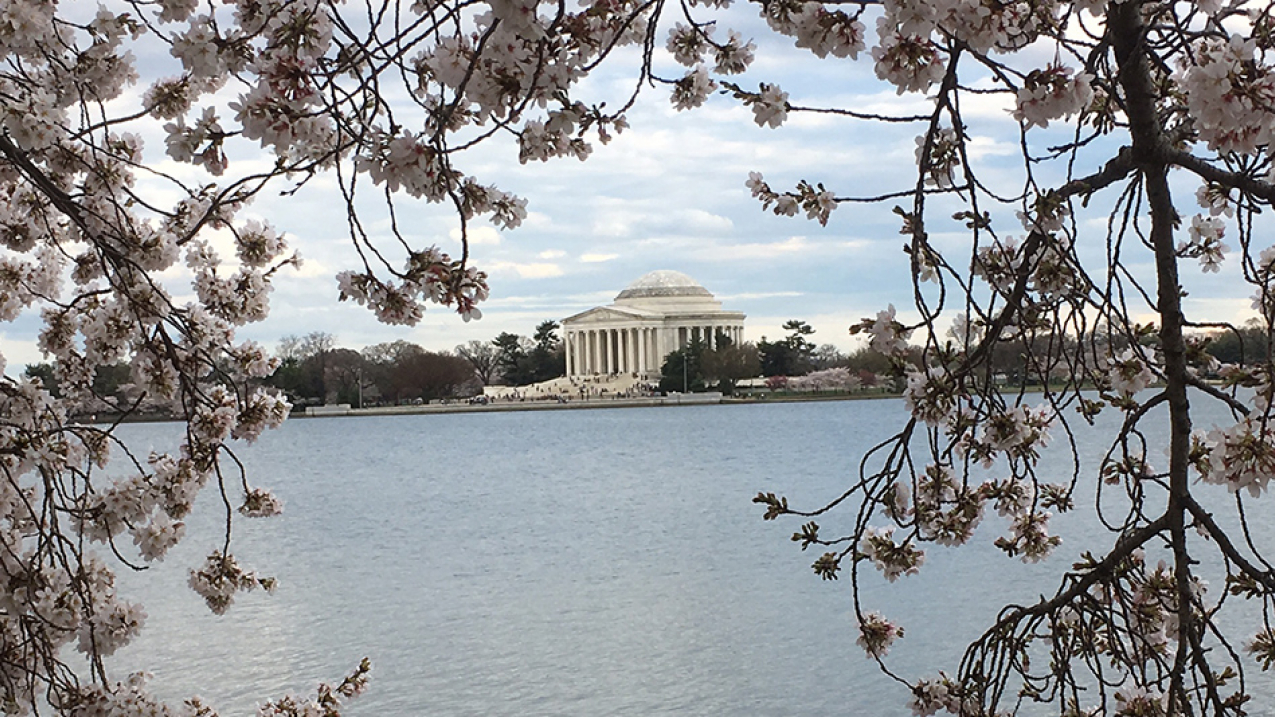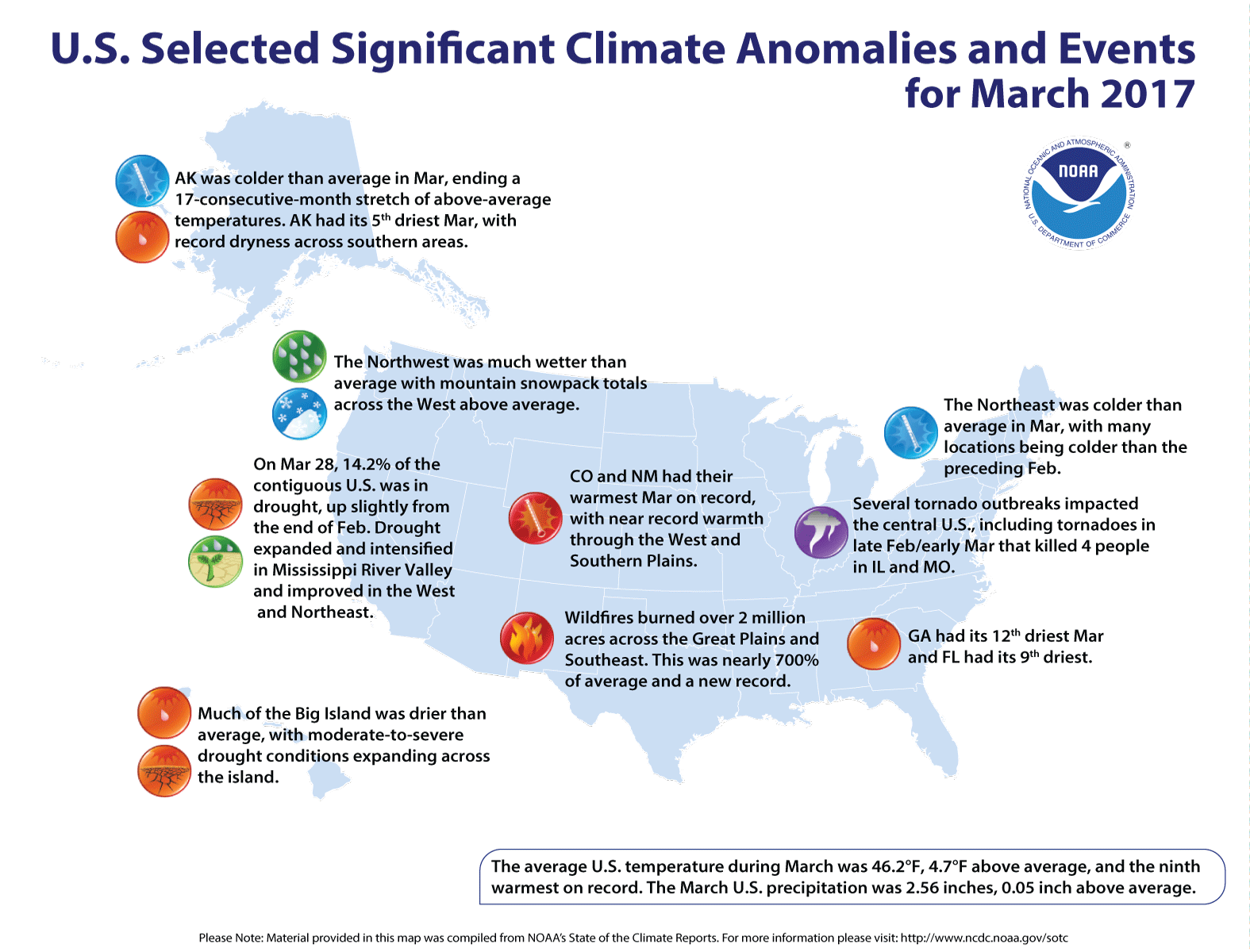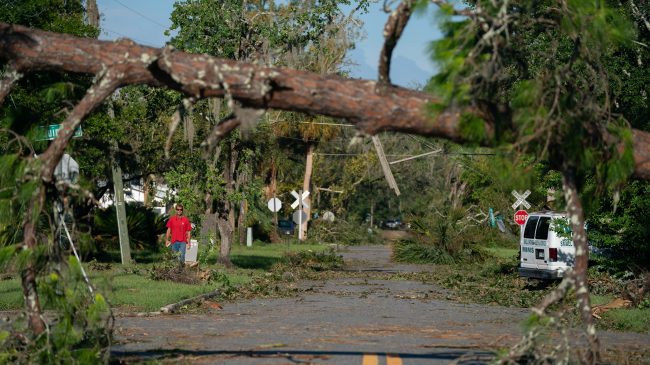5 billion-dollar disasters in first 3 months of 2017 set new record
The saying goes something like, “March comes in like a lion and goes out like a lamb.” But this year it didn’t quite turn out that way.

A warmer-than-normal winter in the Mid-Atlantic brought Washington, D.C.'s famed cherry blossoms to the brink of full bloom by mid-March, but then a cold snap hit and froze at least half the blossoms. The remaining Japanese Yoshino cherry blossoms reached peak on March 25, 2017. Pictured here is the Jefferson Memorial across the Tidal Basin, Washington, D.C., March 28, 2017. (Image credit: Brady Phillips/NOAA)





